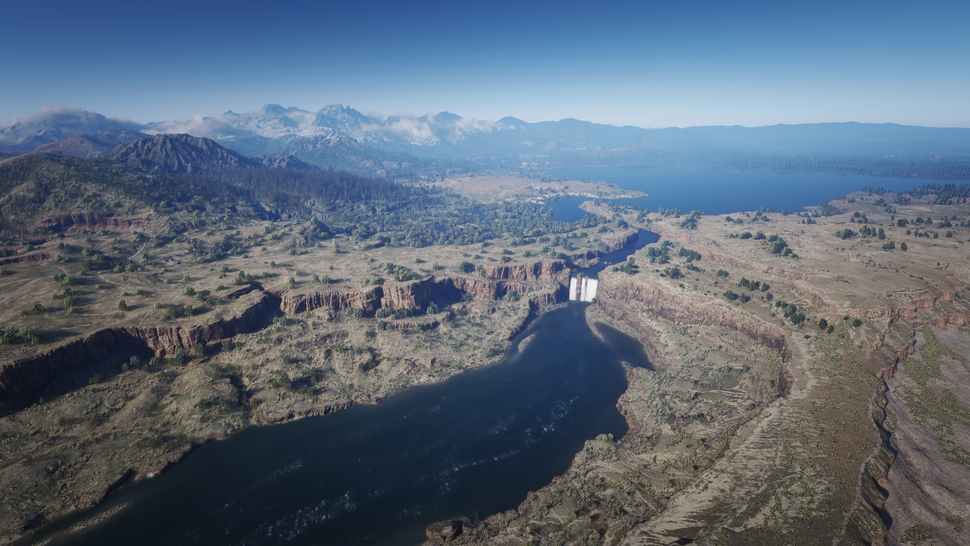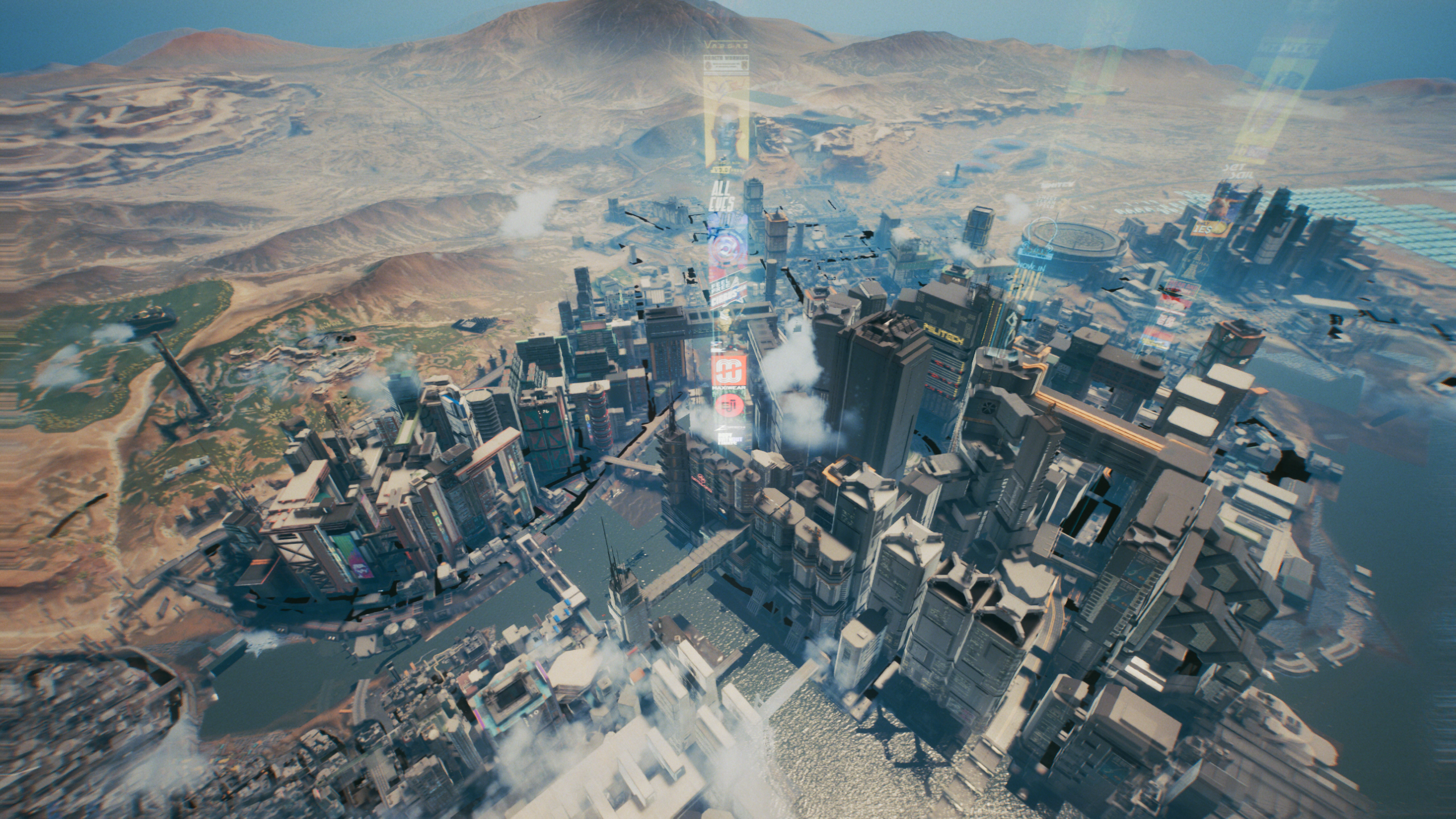Frenetic Pony
Veteran
ID moved away from virtualized textures as they took up too much disk space versus resolution, and because hdd streaming caused too much pop in.
Of course now there's nvme ssds and enough compute just to do runtime blending, which is what is expect UE5 users to do. Combined with procedural texturing, eh, it's fine. Slap decals everywhere too and the whole thing can look unique enough in an artist friendly manner.
As for texture space shading, eh. If it's co-planar then you can prefilter well enough, Ghost of Tsushima managed this remarkably efficiently: https://www.google.com/url?q=https://blog.selfshadow.com/publications/
The challenges for artist workflow seem more along the lines of mesh pain. Hi res mesh, remeshing, lods, uv mapping, normal bake, only then can you paint it. in wondering what exactly Epic meant by "you can just import it". No lod obviously, assuming no normal bake. What else can you do?
As for rendering, GI, animations, and model detail feel like much of the remaining challenges, other than image quality. But texture space shading isn't some sinecure for image quality. Need enough raster samples to avoid moire, was playing around with GTAV and even 8x msaa, 1.5x ssaa (from 1440p) and fxaa combined wasn't enough to get rid of moire, and texture space shading would help not at all.
Of course now there's nvme ssds and enough compute just to do runtime blending, which is what is expect UE5 users to do. Combined with procedural texturing, eh, it's fine. Slap decals everywhere too and the whole thing can look unique enough in an artist friendly manner.
As for texture space shading, eh. If it's co-planar then you can prefilter well enough, Ghost of Tsushima managed this remarkably efficiently: https://www.google.com/url?q=https://blog.selfshadow.com/publications/
The challenges for artist workflow seem more along the lines of mesh pain. Hi res mesh, remeshing, lods, uv mapping, normal bake, only then can you paint it. in wondering what exactly Epic meant by "you can just import it". No lod obviously, assuming no normal bake. What else can you do?
As for rendering, GI, animations, and model detail feel like much of the remaining challenges, other than image quality. But texture space shading isn't some sinecure for image quality. Need enough raster samples to avoid moire, was playing around with GTAV and even 8x msaa, 1.5x ssaa (from 1440p) and fxaa combined wasn't enough to get rid of moire, and texture space shading would help not at all.




